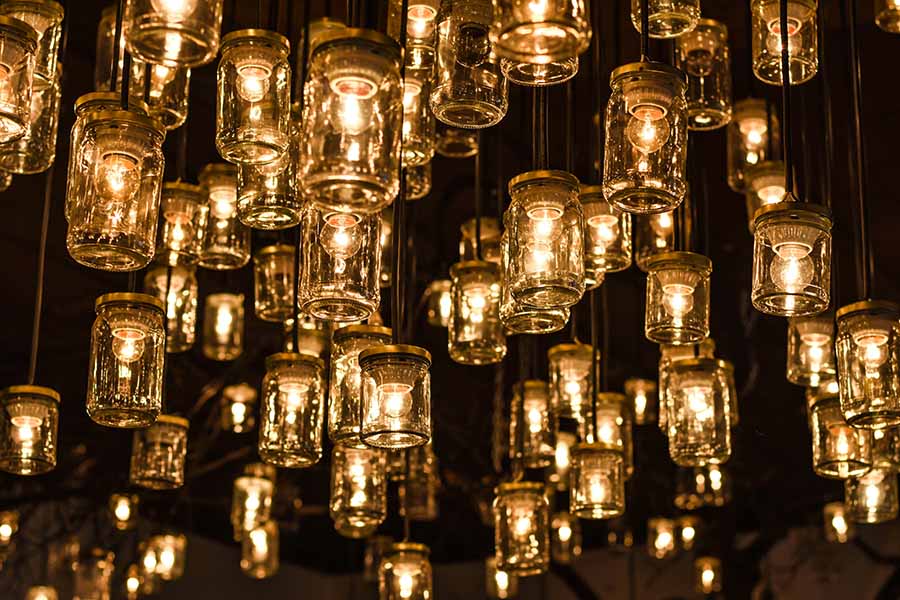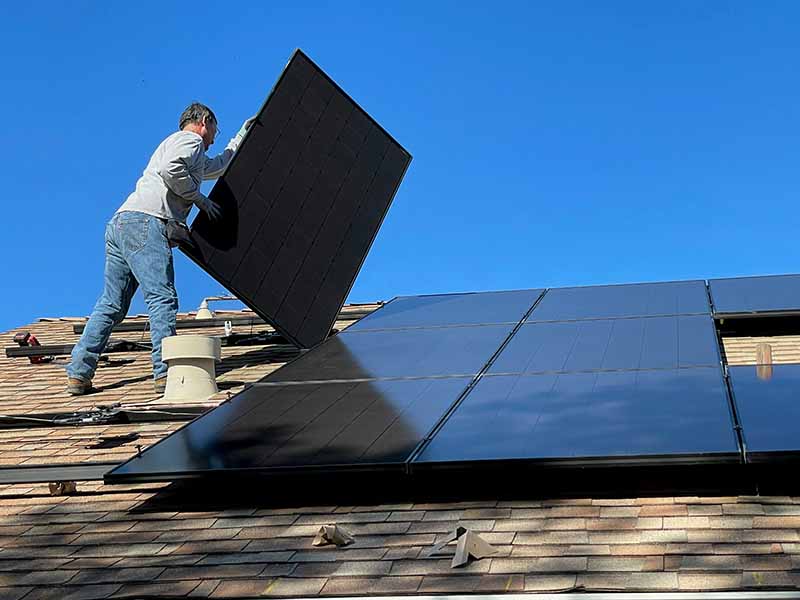Solar power has gained a lot of interest over the last few years and it has become increasingly popular among consumers due to its eco-friendliness and relative affordability
Solar power is generated when solar photovoltaic panels, or solar panels as they are more commonly called, convert sunlight into electricity. Solar electricity can, in effect, be considered free electricity once the initial set up cost of installing solar panels has been cleared.
With solar panels, the yearly electricity production graph usually resembles a bell curve. The low end of the curve represents the winter months and the peak is reached in the summer.
Indeed, solar power generation can often be so high that a household generates excess power. Although the excess is exported to the grid for others to use, it is still recommended the household try to take full advantage of the surplus power.
SOLAR GEYSER
A special solar panel heats fluid using solar radiation, which is then transferred to a solar tank. The solar tank is a special geyser designed specifically for this purpose and is much more robust that a normal electric geyser. The solar geyser has a back-up electric element so that on days with no sun, you will still have hot water.
SOLAR ELECTRICITY
Electricity is generated by silicone cells in solar panels. The electricity created is direct current (DC), while we use alternating current (AC) in our homes. An inverter is used to convert the electricity into AC. There are different types of systems available, depending on how much you are willing to spend and what your priorities are.
SOLAR COOKERS
Whether you make your own or purchase a pre-assembled unit, solar ovens are increasingly popular home appliances. Like an electric-powered crockpot, a solar oven is essentially a slow cooker. Using angled reflectors that direct solar energy into a special chamber, a solar oven heats food to relatively low temperatures over the course of many hours.
Outdoor Solar Lights
Outdoor solar lights (such as solar security lights or solar flood lights) use solar cells to convert sunlight into electricity. Outdoor solar lights store this electricity in special batteries. At night, these batteries power the lights.

Both self-contained units, such as solar security lights and flood lights, and separate solar cell panel units need to be placed in sunny locations. Before purchasing a solar lighting system, check to be sure that the manufacturer provides replacement batteries and bulbs. Also, consider your home’s landscaping.
Solar Powered Ventilation Fans
Ventilation fans of any type are a good idea since they help reduce cooling costs by exhausting hot air from attic spaces and other areas. Traditionally, these exhaust fans are wired into household electrical current, which somewhat defeats the energy-saving purpose. Now, however, you can buy self-contained roof vent fans that feature a small panel of photo-electric cells that operate the fan motor with no need for household electrical current at all.
Solar Powered Pumps
For maximum energy-saving impact, you can also run those circulating pumps on solar power through the use of photo-electric panels, which will generate the power to run DC motors on the circulating pumps. While there is, of course, some investment in getting such a system set up, you have now reduced the operating costs of your hot water system to almost nothing.
Like any photo-electric system, the sun’s energy can be stored in batteries so that you can still run the circulating pumps at night or on cloudy days.

